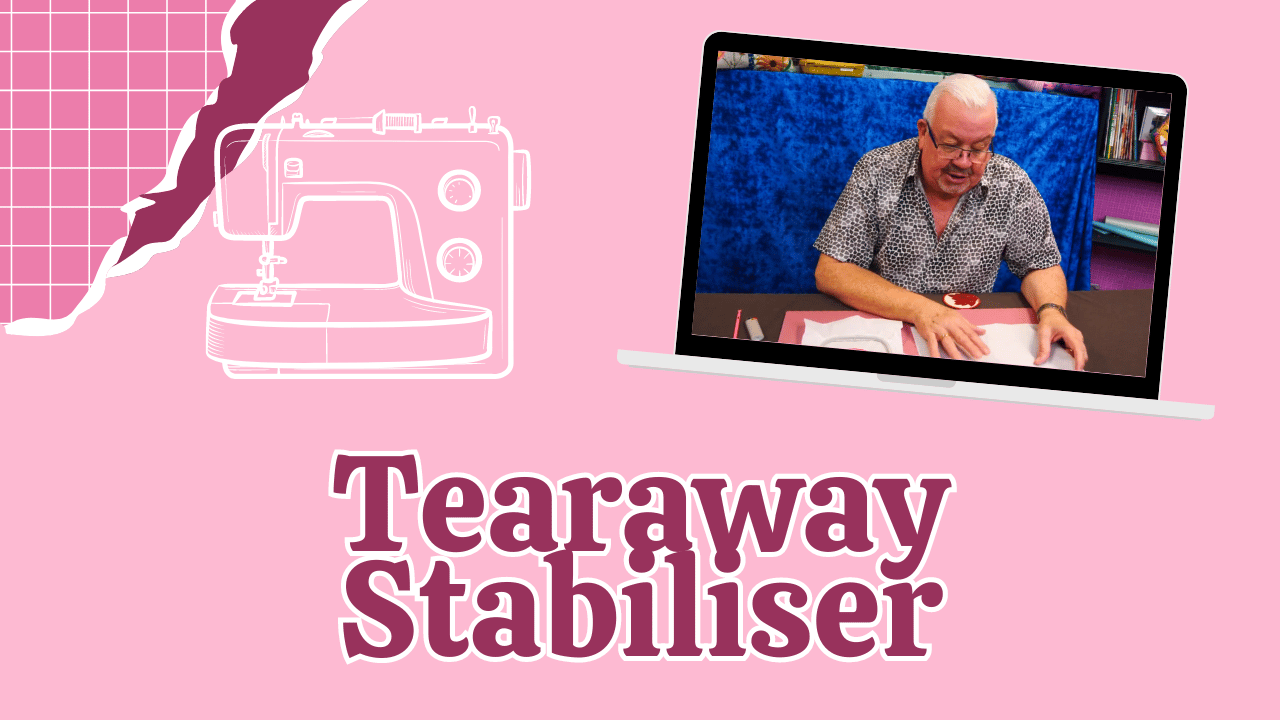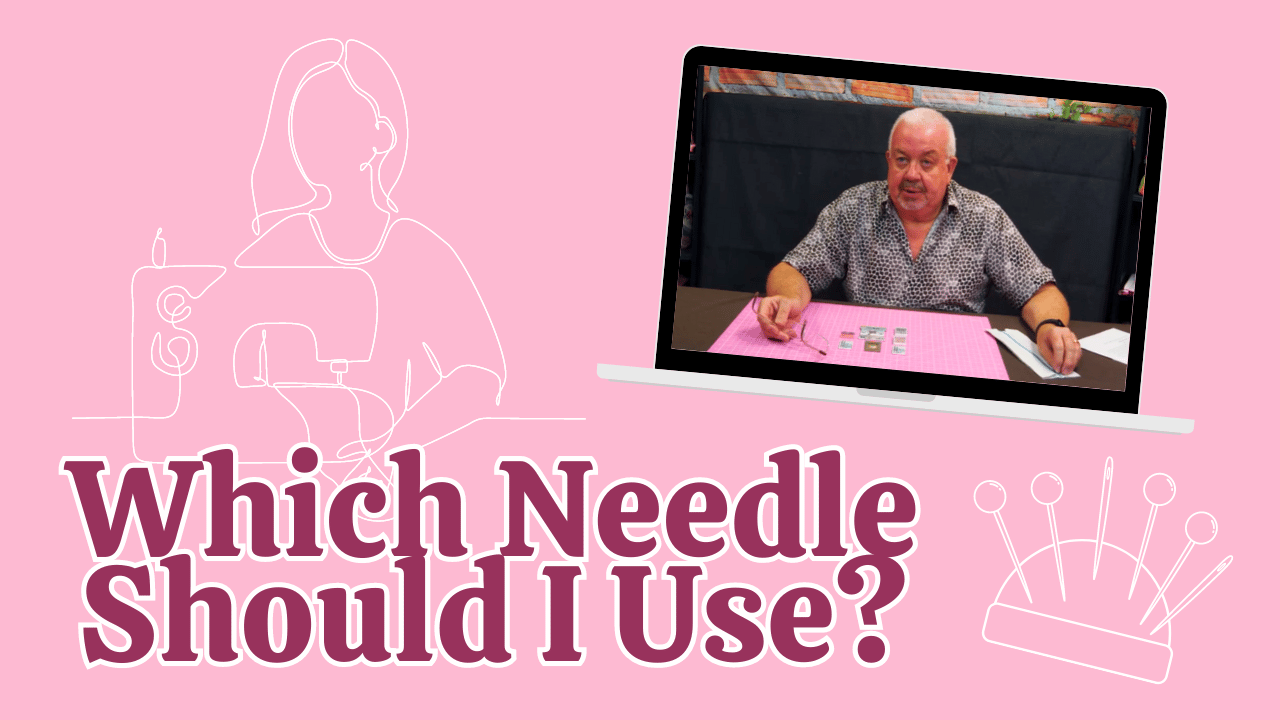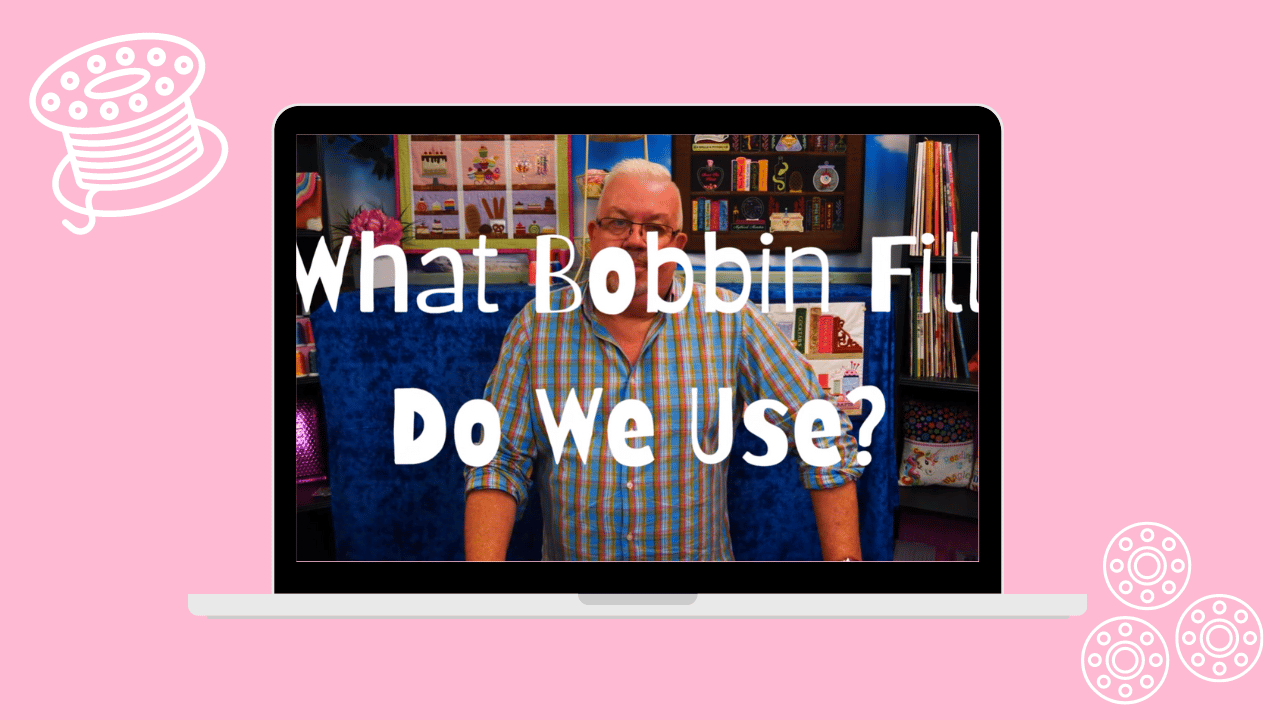Martyn shares his insights on tearaway stabiliser in this video, discussing its applications, advantages, and limitations. While he expresses a preference for other types of stabilisers, he acknowledges the unique role that tearaway plays, especially in creating freestanding objects like coasters. This summary will delve into the key points from Martyn's discussion.
The Role of Tearaway Stabiliser
Tearaway stabiliser isn't the most common choice when embroidering, however, it serves a specific purpose that can be beneficial in certain projects. While tearaway is not Sweet Pea's favorite stabilizer due to its tendency to detach from the stitching, which can lead to the collapse of the work, it is essential for freestanding items, such as coasters, where a solid mass is required. While wash-away stabilisers are commonly used for freestanding projects, Martyn warns that they may become harder to find in the future, making tearaway a viable alternative.
Characteristics of Tearaway Stabiliser
When selecting a tearaway stabiliser, certain characteristics are essential for successful embroidery:
- Quality Matters: A good quality tearaway stabiliser will hold the fabric securely during stitching, preventing it from falling out of the hoop.
- Fluffy Edge: The fluffy edge, referred to as "rag," is actually made from wood pulp. This texture helps the stabiliser grip the fabric better.
- Clean Tearing: A clean tear is crucial; if the stabiliser tears too easily, it may not provide adequate support during the embroidery process.
Practical Tips for Using Tearaway Stabiliser
Martin provides practical advice for working with tearaway stabiliser in this video, including:
1. Secure the Fabric: Ensure that the stabiliser holds the fabric firmly in place to avoid any mishaps during stitching.
2. Inspect the Fluff: Check the fluffy edge of the stabiliser. If it tears cleanly, it may not be suitable for your project.
3. Use a Flame for Finishing: After completing the embroidery, you can lightly burn off the excess fluff using a flame. This technique helps achieve a clean finish without damaging the thread.
4. Avoid Overheating: Be cautious not to melt the thread while using a flame. A gentle touch is essential.
While tearaway stabilizer may not be the first choice for every embroidery project, it holds significant value in specific applications, particularly for freestanding items like coasters. Martyn's insights highlight the importance of selecting the right stabiliser based on the project requirements.
Thank you for joining us at Sweet Pea Studio, and we hope this summary has provided valuable insights into the world of embroidery stabilisers!




Leave a comment
This site is protected by hCaptcha and the hCaptcha Privacy Policy and Terms of Service apply.